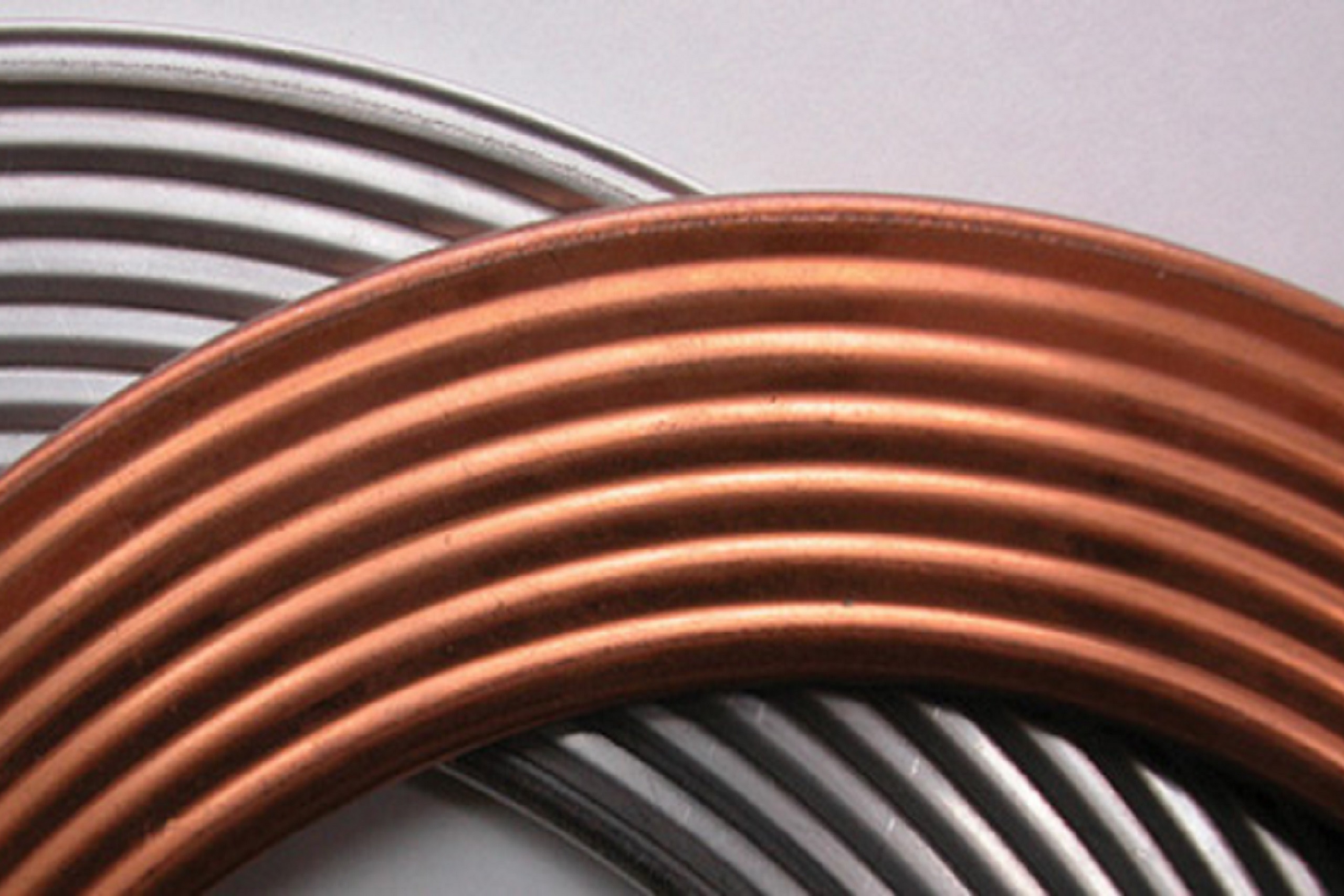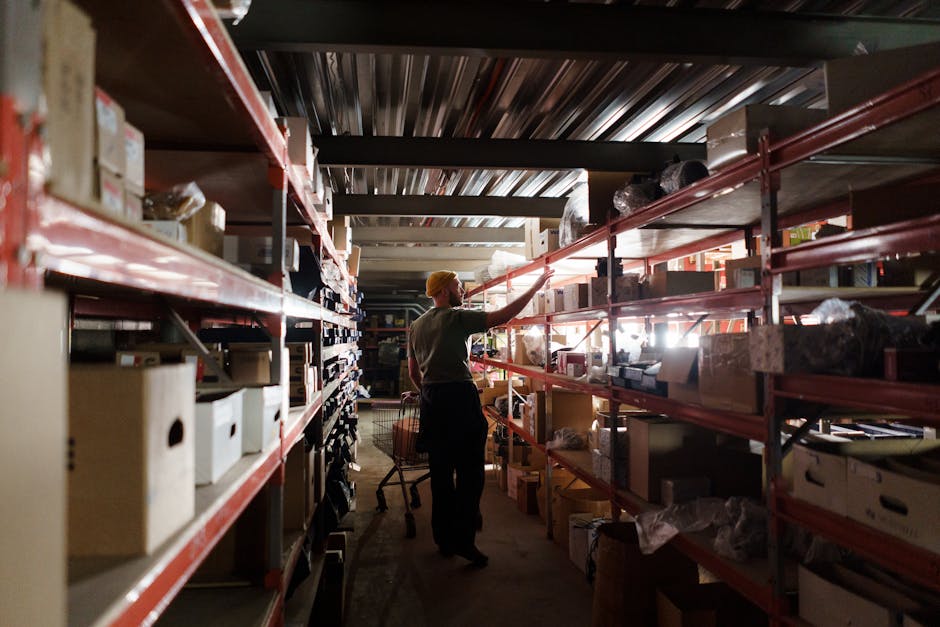In today’s competitive industrial landscape, Navigating the Depths of Innovation for Enhanced Efficiency has become more than just a strategic advantage—it’s an operational necessity. Companies across manufacturing, petrochemical, and power generation sectors continually seek solutions that optimize performance while maintaining safety standards. This pursuit has revolutionized even seemingly basic components like industrial sealing systems, where advancements in gasket technology demonstrate how innovation directly translates to operational efficiency.
The evolution of sealing technology
The journey of industrial sealing solutions represents a fascinating case study in how technical innovation drives efficiency. Traditional gasket materials often presented limitations in extreme environments, forcing engineers to accept compromises between performance, longevity, and cost. However, through persistent research and development, specialized solutions like kammprofile gaskets emerged, transforming how industries approach critical sealing applications.
Modern metal gaskets exemplify this evolution. Unlike their predecessors, today’s engineered solutions combine precision manufacturing with advanced material science to create seals capable of withstanding extreme pressure, temperature fluctuations, and corrosive media. This advancement didn’t happen overnight—it resulted from decades of problem-solving, data collection, and iterative improvements that collectively represent what it means to truly navigate innovation’s depths.
Understanding the efficiency impact of advanced gasket solutions
When examining operational efficiency through the lens of sealing technology, several factors demonstrate how seemingly minor components deliver outsized performance impacts. For instance, kammprofile gaskets, with their distinctive serrated metal core and soft facing material, provide exceptional resilience under thermal cycling and pressure fluctuations. This design innovation translates directly to extended service intervals, reduced maintenance requirements, and minimized downtime—all critical metrics for operational efficiency.
The efficiency equation extends beyond basic functionality. Modern metal gaskets contribute to efficiency through:
Reduced leakage rates, minimizing product loss and environmental impact Extended service life, decreasing replacement frequency and associated labor costs Improved compression properties, requiring less bolt load to maintain effective sealing Enhanced recovery characteristics, maintaining seal integrity during system thermal cycles Enhanced thermal stability, performing consistently across wider temperature ranges

These advantages collectively demonstrate how Navigating the Depths of Innovation for Enhanced Efficiency transforms theoretical improvements into measurable operational benefits. When a facility reduces unplanned maintenance by even a small percentage through better sealing technology, the financial impact can be substantial—often representing hundreds of thousands in savings annually for large operations.
Material science at the innovation frontier
The evolution of gasket material represents one of the most significant factors in sealing technology advancement. Traditional options like compressed fiber sheets served adequately in general applications but failed under extreme conditions. Today’s engineered solutions leverage metallurgy, polymer science, and composite technology to create materials precisely tailored to specific operational environments.
For instance, modern kammprofile gaskets might utilize 316L stainless steel cores for general chemical resistance, but switch to exotic alloys like Inconel or Hastelloy for exceptionally corrosive environments. The facing materials similarly range from flexible graphite for high-temperature applications to PTFE for chemical resistance. This material customization exemplifies how deeply innovation penetrates every aspect of industrial component design.
The gasket material selection process itself has become more sophisticated through innovation. Engineers now employ finite element analysis, thermal modeling, and chemical compatibility databases to predict performance before implementation. This data-driven approach to material selection represents another dimension of Navigating the Depths of Innovation for Enhanced Efficiency—using advanced analytical tools to optimize component performance before physical deployment.
Implementation challenges and solutions
Adopting innovative sealing technologies presents its own set of challenges. Even the most advanced metal gaskets require proper installation, appropriate bolting procedures, and compatible flange designs to deliver their efficiency benefits. Organizations seeking to leverage these innovations must invest in technical training, updated installation procedures, and sometimes equipment modifications.
The challenge extends to procurement practices. Traditional purchasing approaches that prioritize unit cost over lifetime value can impede the adoption of premium gasket materials that ultimately deliver superior efficiency. Progressive organizations address this by implementing total cost of ownership models that account for installation labor, maintenance requirements, process downtime, and safety considerations alongside initial purchase price.

Another implementation challenge involves cross-functional collaboration. Engineers, maintenance personnel, procurement specialists, and operations managers must align their objectives and understanding to successfully integrate innovative sealing solutions. This human element of innovation adoption often proves more challenging than the technical aspects but remains essential for realizing the full efficiency benefits of advanced gasket technologies.
Measuring success and continuous improvement
The final piece in Navigating the Depths of Innovation for Enhanced Efficiency involves establishing meaningful metrics and feedback loops. Organizations that successfully leverage innovations like advanced kammprofile gaskets typically implement comprehensive monitoring systems that track:
Mean time between failures for critical connections Leakage rates and emissions data Maintenance labor hours associated with sealing systems Energy efficiency in pressurized systems Compliance with increasingly stringent environmental regulations
These measurements provide quantitative validation of efficiency improvements while identifying areas for further optimization. The data gathered often reveals unexpected insights that drive the next wave of innovation—creating a virtuous cycle of continuous improvement.
The journey toward enhanced efficiency through innovation never truly ends. Today’s cutting-edge gasket material becomes tomorrow’s standard option, and the organizations that maintain competitive advantage are those that continuously explore emerging technologies, materials, and methodologies. By approaching innovation as an ongoing process rather than a destination, industry leaders ensure they remain at the forefront of efficiency improvement in an increasingly competitive global landscape.

